A Horse of a Different Color
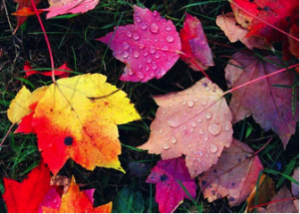 err HOUSE…
err HOUSE…
Spent the better part of the day yesterday with a leaf blower strapped to the back. There is something oddly relaxing about the Fall chill and the drone of a blower motor adding a layer of bass to the private Pavarotti concert playing in high quality Skull Candy earbuds; almost Zen-like. As the brain does in these meditative moments, mine set off for a bit of a mind walk – The latest client Mountain Contemporary exterior design. Window configuration. Stone configuration. Stone configuration on another client’s over-the-top Log home. Window configuration for the log truss design. Exterior color of the window cladding. The absolute pop of those purple-red Burning Bush leaves on the brown and gold background of the Oaks and Silver Maples. The clients that broke with convention and chose something other than the tones that Mother Nature dictated for White Cedar…The fall leaves and those clients had me smiling and thinking deeper about color.
Color originates from a light source, that is either view directly or as reflected light. Daylight or white light contains light waves for all colors. There is no color without light! The absence of light is complete darkness or black. The mixture of all visible light is white light. White light is made up of all the colors in the rainbow. Water droplets in the air act like a prism does when light passes through. It organizes random color light waves into the order of their wave length. We see that organized pattern as a rainbow. These colors are always in the same order and are called the Color Spectrum. When organized in order around a circle; the color spectrum is called a Color Wheel.
Modern color theory is heavily based on Isaac Newton’s color wheel, which displays three categories of colors: primary colors (red, blue, yellow), secondary colors (created by mixing two primary colors), and intermediate or tertiary ones (created by mixing primary and secondary colors). Colors can be combined to form one of five main color schemes that allow designers to achieve harmony in their designs. These are:
Analogous: based on three colors located next to each other on the wheel
Complementary: one or more pairs of colors that, when combined, cancel each other out (i.e., they produce high contrast)
Split-complementary: a combination of the analogous and complementary schemes
Triadic: using three colors at equal distances from each other on the wheel
Tetradic: using two sets of complementary pairs
Autumn leaf color is a phenomenon that affects the normal green leaves of many deciduous trees and shrubs by which they take on, during a few weeks in the autumn season, various shades of red, yellow, purple, black, blue, orange, magenta and brown and can illustrate a number of these guiding color principles with a just a passing wish of wind; those principles most always applied in interior design and decorating by the keen eye of a professional or a client with the right touch, but rarely in the larger design palette. A color that can evoke one reaction in a person may evoke the opposite reaction in another, due to culture, prior association, or even just personal preference. Color can be chancy. Here’s to a few of those that took the chance!
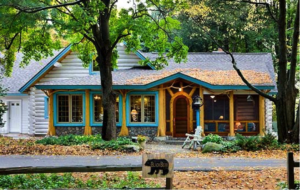

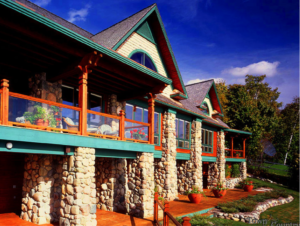
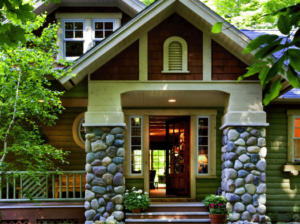
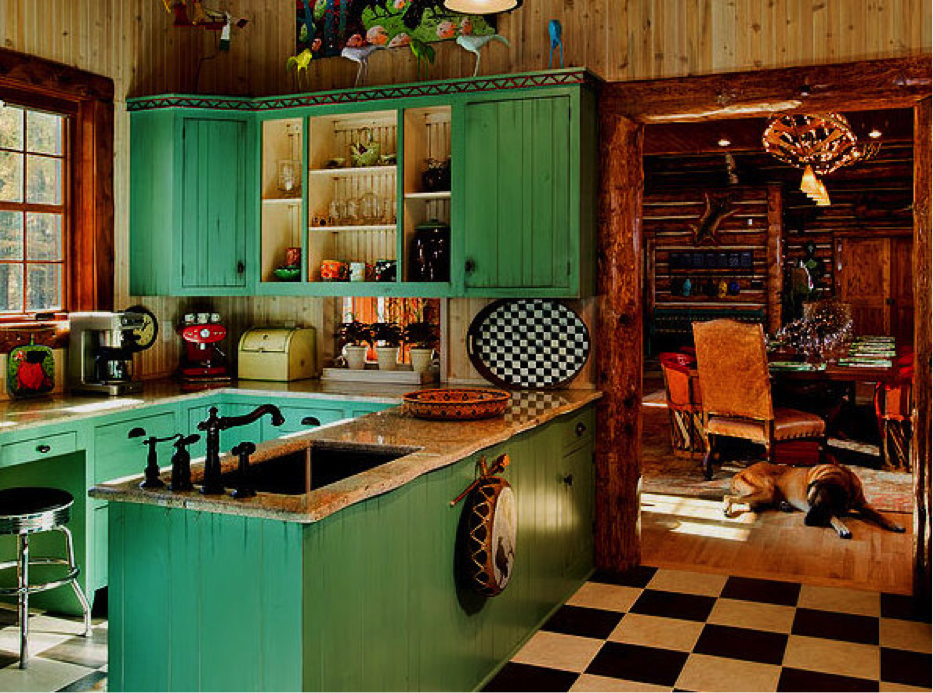
“Individuality realized is the supreme attainment of the human soul, the master-master’s work of art. Individuality is sacred.”
Frank Lloyd Wright



